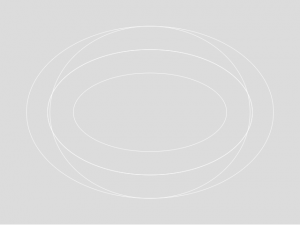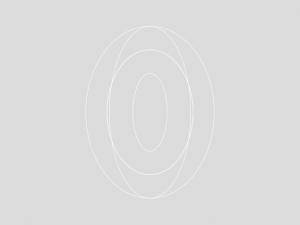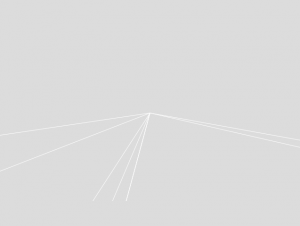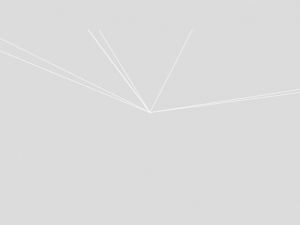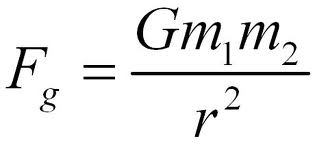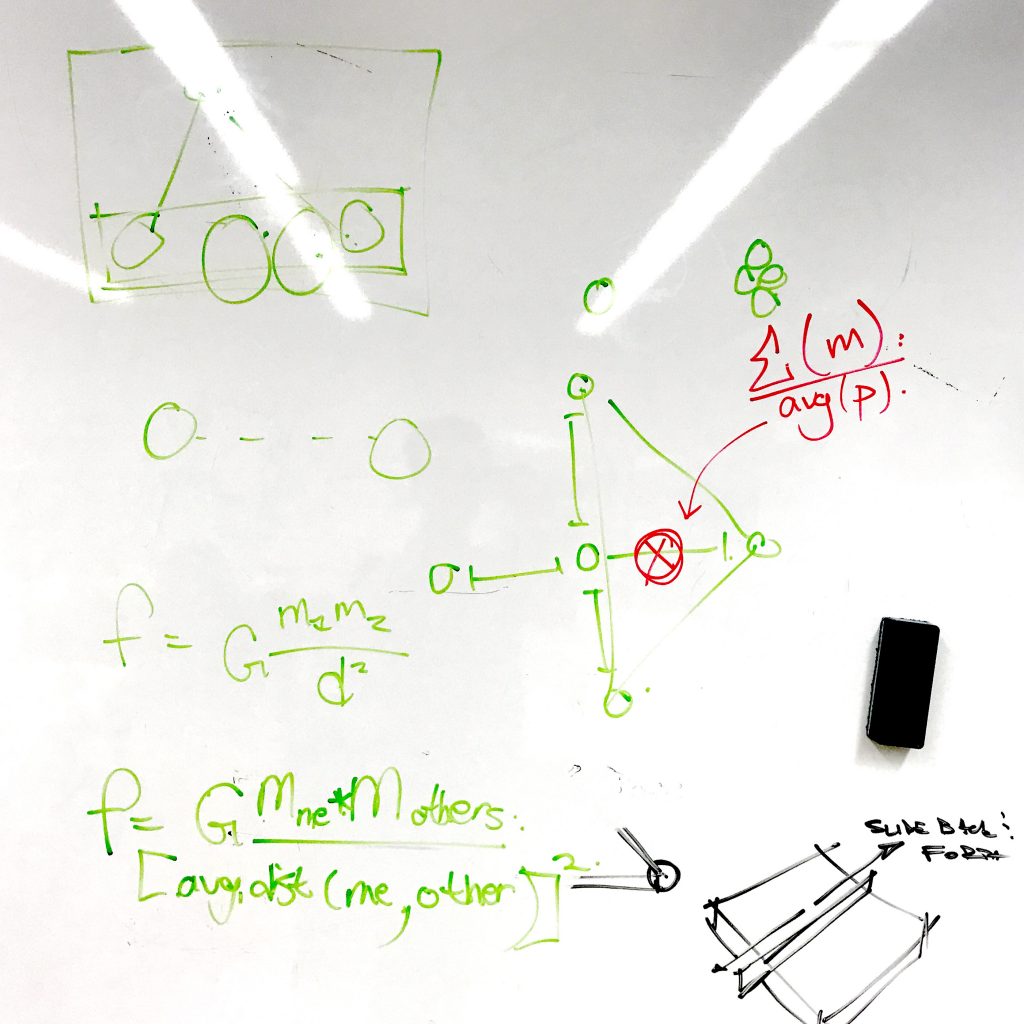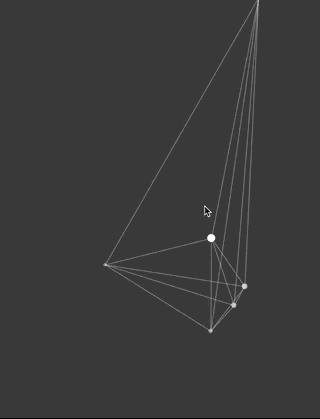Inspired by how planets in solar system orbit around the sun, I made the visualization base on orbiting and pulsing movement. The aspects of image elements that the mouse movement controls include: background color, planet color, halo size(sun), the self-orbiting speed(moon), the stroke weight of the connecting line. I utilized a lot of sin() and cos() in this project to make the change more dynamic instead of one way. It is also my first time experimenting with the time elements in programing to create graphics.
//Zining Ye
//15104 lecture 1 recitation C
//ziningy1@andrew.cmu.edu
//Project-03
var sunx = 300
var suny = 240
var sunw = 130
var sunh = 130
var t = 1; //time
function setup() {
createCanvas(600,480);
}
function draw() {
angleMode(DEGREES);
background(32,50,74+(mouseX-mouseY)/13);
noStroke();
//multiple pulsing halo
fill(50+mouseY,100+mouseX,0,30);
ellipse(sunx,suny,sunw+50*cos(-mouseX)+50,sunh+50*cos(-mouseX)+50); //halo changes size and color with the mouse moverment
fill(100+mouseX,mouseX/2,30,40);
ellipse(sunx,suny,sunw+20*sin(mouseY)+40,sunh+20*sin(mouseY)+40);
fill(150+mouseY,mouseY,30,70);
ellipse(sunx,suny,sunw+20*cos(mouseX)+10,sunh+20*cos(mouseX)+20);
//mercury, closest ball to the sun
var merx = 100*cos(mouseX)+sunx
var mery = 100*sin(mouseX)+suny // the x, y coordinates of the first circle will move in a circle with the mouse movement, same for other orbiting circle
fill(60+mouseX/2);
stroke(210);
strokeWeight(1+7*sin(mouseX)); //stroke line of the first orbiting ball changes with the mouse
line(merx,mery,sunx,suny);
strokeWeight(2);
ellipse(merx, mery, 20, 20);
//venice
var venx = 140*cos(0.5*mouseX)+sunx //same with the first ball
var veny = 140*sin(0.5*mouseX)+suny
fill(150+mouseX,mouseX/4,20);
stroke(180);
strokeWeight(1+5*sin(-mouseY));
line(venx,veny,sunx,suny);
strokeWeight(1+10*sin(-mouseY))
ellipse(venx, veny, 30, 30);
// earth
fill(40,40+mouseY,100+mouseX);
var earthX = 190*cos(-mouseX)+sunx;
var earthY = 210*sin(-mouseX)+suny;
stroke(200);
strokeWeight(1+5*cos(-mouseX));
line(earthX,earthY,sunx,suny);
ellipse(earthX ,earthY, 50, 50);
//the sun
fill(100+mouseX/3,mouseY/2,20);
ellipse(sunx,suny,sunw,sunh);
//self orbiting moon
t = t+(mouseY+mouseX)/80; // change the orbiting speed with the mouse movement
stroke(150)
strokeWeight(1+3*sin(2*mouseX));
noFill();
ellipse(earthX,earthY,100,100)
fill(100+mouseX/2,80+mouseX/4,40);
ellipse(50*cos(t)+earthX ,50*sin(t)+earthY, 15, 15);
}
![[OLD FALL 2017] 15-104 • Introduction to Computing for Creative Practice](../../../../wp-content/uploads/2020/08/stop-banner.png)


